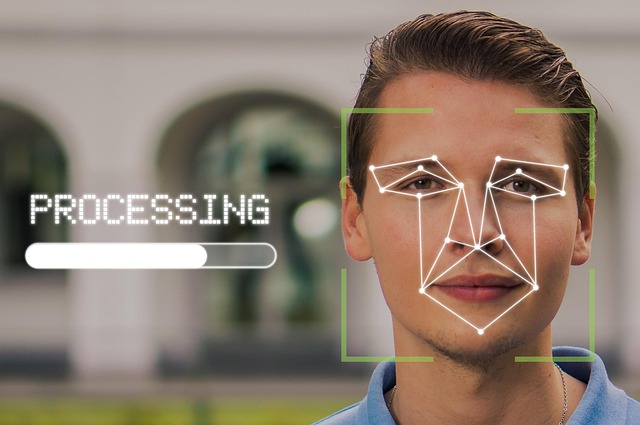
Strengthening IT Security: The Power of Continuous Authentication
In today’s rapidly evolving digital landscape, IT security has become more crucial than ever. With the rise of cyber threats, organizations must employ multiple layers of protection to safeguard sensitive data. One innovative approach gaining traction is continuous authentication, a method that enhances security by constantly verifying user identities throughout their sessions, rather than at just the point of entry.
Imagine logging into your account only to learn that a breach occurred moments later due to your credentials being compromised. Traditional authentication methods, such as passwords and even two-factor authentication, often fall short against sophisticated attacks. Cybercriminals have become adept at exploiting these weaknesses, leveraging stolen credentials to compromise systems. This is where continuous authentication comes into play.
Continuous authentication shifts the paradigm from momentary checks to ongoing verification. By analyzing user behavior patterns, such as typing speed, mouse movements, and even the device being used, organizations can actively monitor sessions for any anomalies. If a user’s behavior deviates from established norms, access can be restricted or revoked in real time. This not only reduces the likelihood of unauthorized access but also adds a layer of friction for attackers who thrive on stolen credentials.
The implementation of continuous authentication can significantly bolster an organization’s security posture. It allows for real-time risk assessment and swift action against suspicious activities. As companies increasingly adopt remote work models, the demand for robust security protocols grows. Continuous authentication fits perfectly within this framework, ensuring that even users working from home are assured a secure environment.
Moreover, the user experience is enhanced. Traditional authentication processes can often lead to frustration, with frequent password resets and multi-factor authentication challenges. By employing continuous authentication, users can enjoy seamless access while the system operates quietly in the background, constantly validating their identities without added hassle.
Furthermore, advancements in technology, such as machine learning and artificial intelligence, leverage massive amounts of data to refine the continuous authentication process. These technologies can learn from user interactions and adapt over time, creating a system that is both secure and responsive to human behavior. That’s a compelling approach for organizations looking to strengthen their IT security without compromising user experience.
However, transitioning to a continuous authentication model requires careful planning and implementation. Organizations must consider user privacy, data protection regulations, and ethical guidelines. Striking a balance between security and privacy is vital, ensuring that users feel safe and comfortable while their behaviors are being analyzed.
In conclusion, as the threat landscape continues to evolve, it’s clear that organizations can no longer rely solely on traditional security measures. By embracing continuous authentication, businesses can create a dynamic, robust defense mechanism that adapts to the way users interact with their systems. This approach not only strengthens IT security but also enhances the overall user experience in increasingly digital workplaces.



